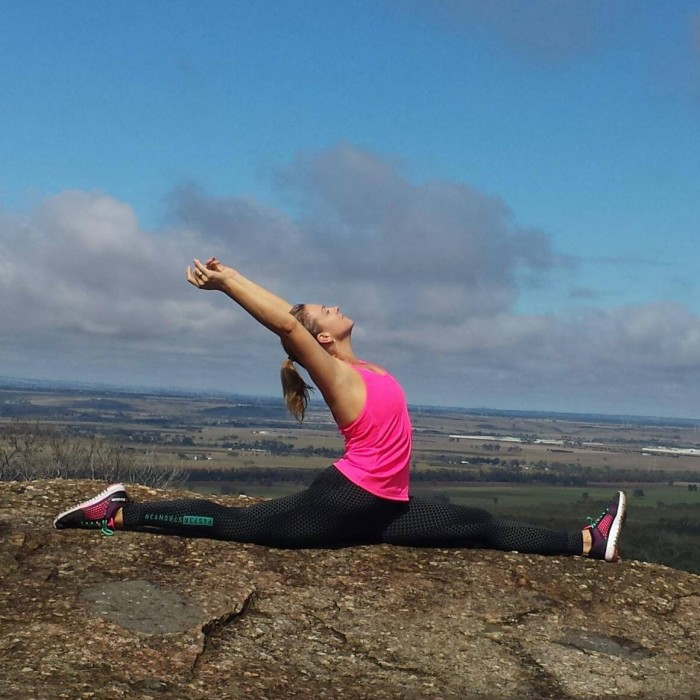The benefit of exercise is a well-known fact.
It can reduce our stress by taking a hard day at the office into the gym, park or beach. Moving the body creates “happy chemicals” called endorphins and, for only 30 minutes a few times a week, we can instantly improve our overall mood. And exercise can even assuage our addictions as the brain releases dopamine, the “reward chemical”, which responds to pleasurable activity.
With all the benefits of exercise, it’s no wonder that yoga has jumped on the bandwagon. You only need to type “yoga” in your YouTube search to find the vast varieties offered. There is yoga for weight loss, detox yoga, yoga challenges, total body workout, morning workout, weight loss yoga, yoga for six pack abs—the list goes on.
The way Westerners perceive exercise has influenced our adoption of modern yoga. I can tell you from firsthand experience that when I started my teaching career at gyms, most of the participants weren’t too thrilled if more than 5 minutes of their class was dedicated to the subtlety of breath awareness. In an industry now imploding with options, classes and studios, it seems that class numbers and calories burned are more important than actually delivering an authentic experience of yoga.
But, in fact, the teacher’s role of upholding the tradition of yoga to allow participants to assimilate and apply its concepts to a broad range of contexts off the mat is essential.
So what would an authentic experience of yoga look like? For example, it is critical that, as a teacher, I know how to be present enough in class to not be provoked into reaction if—and inevitably when—students become uncomfortable with their own internal experiences.
This is where the notion of yoga as only exercise crumbles.
Although it appears that we are exercising—i.e. moving our bodies—, the subtlety of the yoga process clears the inner debris to move us toward profound and useful insights about ourselves. This is challenging to access if the teacher leading the class is more interested in giving students more of what they want and enjoy and is afraid to tread into the dark terrains of the emotional suffering people might be going through.
Modern psychosomatic medicine reminds us that body and mind form a single system; a healthy body cannot exist in a tormented mind, for mental and physical healths are closely related. Although regular exercise can, as mentioned, produce a broad range of positive chemical processes in the body, most of the time it doesn’t address the underlying issues hiding behind our regular 8km run.
Who cares? You mutter. I don’t have any hidden baggage. I exercise to stay fit (and because I am afraid of growing old, being weak, not being the strongest).
This is where our yoga practice takes us beyond the mere physical pursuit of eternal youth. Yoga faces us with that which intimidates us. The ancient yoga sages referred to our suffering as “duhkha”, which is virtually unavoidable. If we are not in some kind of physical pain or discomfort, then we are usually experiencing suffering in the form of emotional unease. We then do everything we can to avoid acknowledging the experiences that instill fear and hesitation within us, for we believe doing so will feed the cycle of stress and anxiety.
Yoga teaches us to embrace our thoughts about life and death and accept that suffering is an integral part of human experience. Rather than succumbing to pessimism about this inevitable future, yoga encourages us to examine the nature of the mind and understand that we are often in far greater control of our thoughts and emotions than we imagine, regardless of external circumstances.
In short, our yoga practice trains us to become mental “athletes”, working to uncover our highest human potential and spiritual essence.
So I encourage you, mental athletes, to approach your yoga practice not as mere exercise, but rather from the perspective that we are only a few deep, slow breaths away from embracing the holistic intersection of body, mind and soul.
Author: Michelle Jayne
Editor: Caroline Beaton
Photo: Author’s own


 Share on bsky
Share on bsky





Read 2 comments and reply